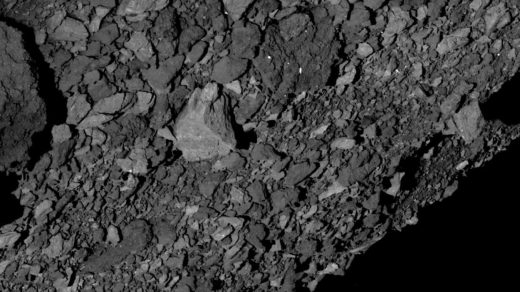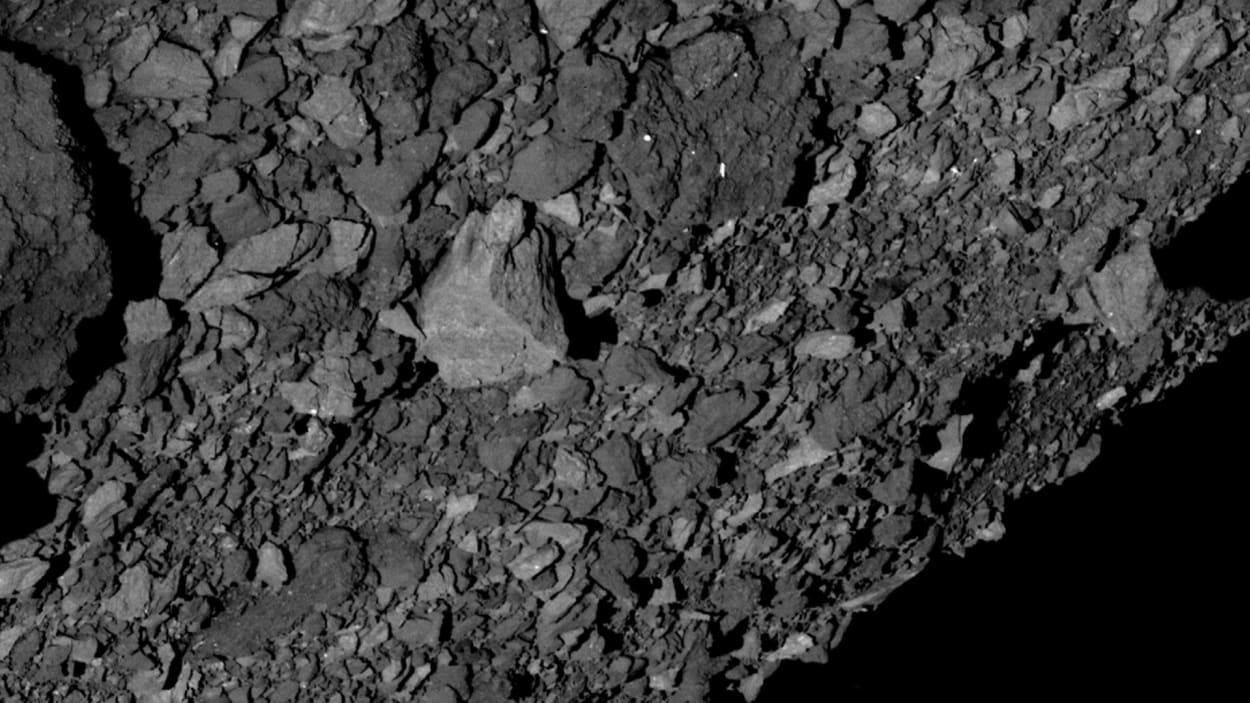OSIRIS-REx capsule return: Bennu near-Earth asteroid samples have just landed in Utah
This morning, at approximately 8:52 a.m MT, a container with surface samples from the near-Earth asteroid Bennu successfully landed on Earth. The container, which was from a spacecraft called OSIRIS-REx, touched down at the Utah Test and Training Range, approximately 80 miles southwest of Salt Lake City.
OSIRIS-REx is the first U.S. mission to bring samples from an asteroid to Earth. The spacecraft launched on September 8, 2016, and arrived in orbit of Bennu in 2018. The spacecraft studied the asteroid for almost two years before touching down briefly on October 21, 2020.
That landing was precise and fast—just a few seconds in duration. OSIRIS-REx employed TAGSAM (the Touch and Go Sample Acquisition Mechanism) to blast nitrogen gas at the asteroid’s surface as it approached. The loose material was then pushed into the sample chamber. Scientists aren’t quite sure how much material was collected, but they’re certain it’s more than the 2-ounce goal. TAGSAM is rated to carry up to 70 ounces of material.
OSIRIS-REx left Bennu’s orbit in 2021 and started the long journey back to Earth, where it landed this morning. After the sample container is retrieved, it will be transported to a special curation laboratory at NASA’s Johnson Space Center in Houston, Texas, on Monday. Scientist will perform an initial analysis of the sample before revealing the results at a special media conference on October 11. Parts of the sample will then be distributed to scientists who have applied to study it.
Through the Bennu asteroid sample, scientists hope to learn more about the origins of our own solar system and planet, as well as how life on Earth might have formed. The samples from OSIRIS-REx are especially intriguing because they will not have been subject to the stresses of entry into the Earth’s atmosphere, unlike meteorites.
OSIRIS-REx will now undertake a new mission: It’s heading to the near-Earth asteroid Apophis for close study (arriving in 2029). Because the sample container already separated from the spacecraft, there will be no sample return component of this mission extension.
(16)



